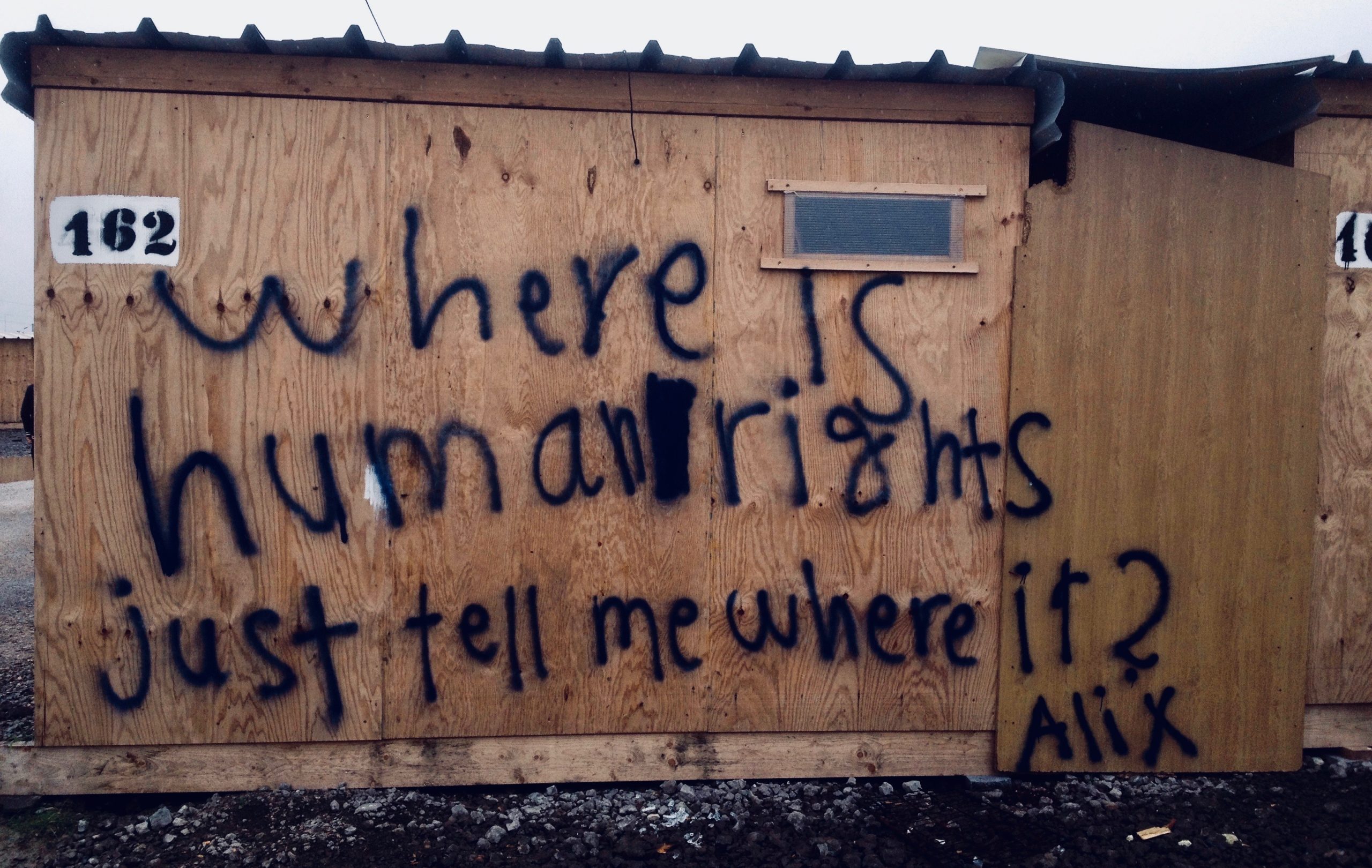The World Map
The games club was mostly attended by men and while I was waiting for them to arrive I was preparing a textiles activity to make in the Hammam the following day. A group of young men turned up who said that they preferred to work with textiles and so we started work on an applique world map.
One of the young men had an expert approach to working with fabric. It transpired that he had worked as a tailor in Afghanistan (his homeland) and then in Turkey. He was interested in collaborating on a textile project together so we agreed to think about what to do and meet the next evening.

Epirus textiles
The following day I was at a UNHCR meeting in Ioannina. The meeting was held in a historic building and there were books showing cultural textiles, clothing and artefacts from the Epirus region in the past.
Ottoman connections
I found a chapter on clothing and photographed the images. They were from the period of time when Epirus was under rule.

Afghan connections
That evening I showed the Afghan tailor these images of traditional clothing from the 19th Century in Epirus. We looked at the links between clothing and dressmaking techniques in Greece and Afghan textiles.
Making a toile
We developed some different designs and got to work on making a paper pattern and then a toile (a tester made out of inexpensive fabric to check the pattern works before making the final garment).

Cultural interconnection
Exploring analogous cultural forms and concepts is a powerful way to develop community interconnection. We were planning to exhibit the clothing he made in Ioannina when overnight he and his friends were moved to a different camp in Greece and we lost contact.
Refugee Camps
1951 Refugee Convention
Ongoing detention of refugees is contrary to the objectives of the 1951 Refugee Convention. The longer a camp exists the lower the annual international funding and the greater the implications for human rights are.
The 2016 crisis
In 2016 people seeking sanctuary and safety became trapped in the middle of a European political stalemate. In the spring of 2016 I went to a refugee camp in Dunkirk. Here I learned about the situation in Greece which was a crisis point
Faneromeni Camp
In the summer of 2016 I travelled to Epirus, Northern Greece to volunteer in a closed camp for Yazidi people. This was set up by the UNHCR but there were very few support agencies on the ground.
I worked with about 300 women in this camp collaborating with a group of seamstresses to co-create a textile and clothes making project. My work was noted by an NGO working in a neighbouring camp. I was invited to work with them at Katsikas camp so when the Yazidi women I worked with were relocated I went to work there.
Katsikas Camp
In 2016-17 I established a creative engagement program, exhibition and outreach program in collaboration with residents from Katsikas refugee camp, Greece.
At Katsikas camp there were between 300-650 residents from Syria, Lebanon, Afghanistan, Iraq. I collaborated with residents in the camp to establish a creative engagement program.
Communities of Practice
I co-created spaces inside the camp with residents and developed broader engagement projects that connected people to the city and agitated for integration through organising cultural projects and events.
These events and projects created networking opportunities between Greek locals and refugee residents, paved the way for self-organisation, cultural integration and challenged ghettoization.
My connection to Lighthouse Relief Hellas and CalAid gave me official permission to work in the camps, access to volunteers and a €200 monthly stipend (which I used on materials). My work was self-funded, self motivated and self generated.
















